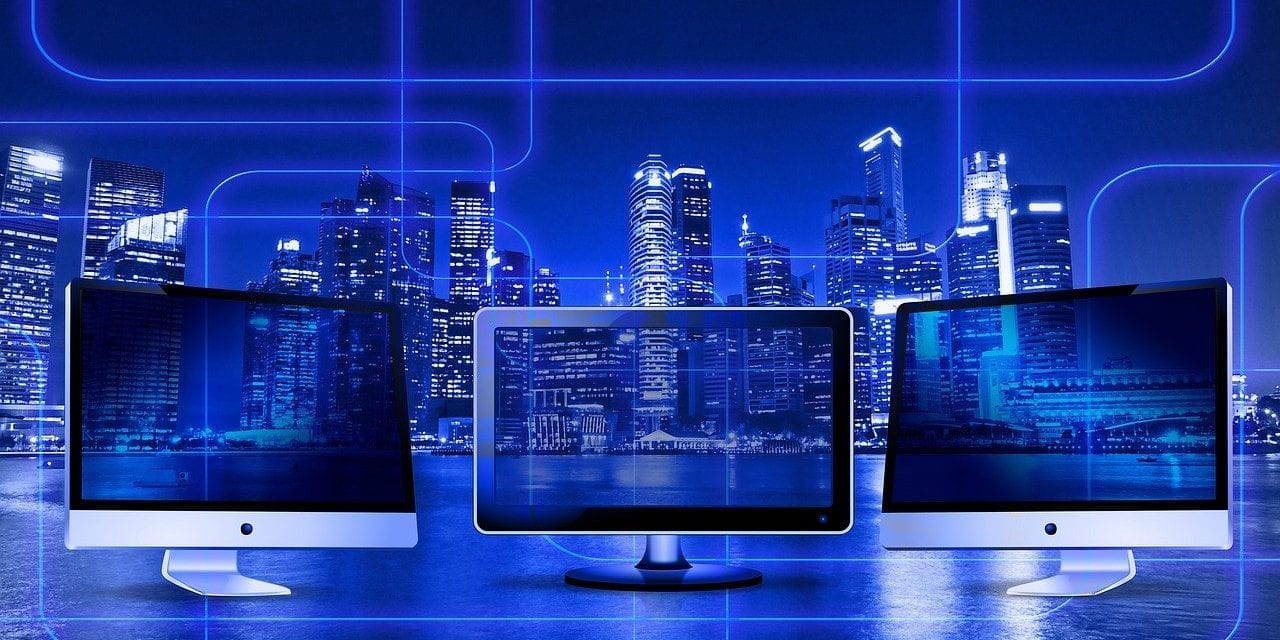You may not realize it, but the smartphone has only been around for about a decade. The first iPhone launched in 2007, so roughly 12 years ago we did not have smartphones. It’s hard to imagine modern life without smartphones, but the technological advances responsible for smartphones are still relatively new. The original purpose of smartphones was to make phone calls and send texts, but that purpose has changed greatly as the years have passed. Now our phones can check email, set our thermostat, and make purchases. The telecom industry has changed dramatically since the smartphone and technology from the past few years and near future are set to transform the telecom industry again. Experts have weighed in, and we can expect to see changes to the telecom industry for 2020. The 2020 transformation likely won’t be as revolutionary as the introduction of the smartphone, but here are some of the changes we can expect to see.
Smartphones At the Center of It All
Smartphones are at the center of our society already. A report from Comscore back in 2016 estimated that nearly 80% of adult Americans own a smartphone. It is safe to assume that percentage has only increased in the years since 2016. As the percentage of Americans with a smartphone approaches 100, phone makers need to find new ways to make money. There is, of course, the replacement market. People will inevitably buy the latest and greatest smartphone either because they want to stay on the bleeding edge of technology or their old phone no longer works. Replacement sales helps with profits, but customers are buying new phones less frequently so the telecom industry is looking for new ways to expand their market.
Telecom companies are looking at what the smartphone can do next. We can order a ride through an app, but we still pay our bill at a restaurant with plastic and paper. This is one example of how telecom companies want to integrate the smartphone into daily life even more. The healthcare industry is looking to make it easier for patients to book video-based digital appointments. It is expected that the “Internet of Things” movement will combine with smartphone capabilities to create the most interconnected world yet.

This interconnected world will have a blood supply made of data. Data tells all. Telecom companies collect and store massive amounts of data that informs most of their business decisions. It is expected that data collection and usage will only increase as privacy becomes a relic of the past. Data centers and the PI System are evolving with the times too. They are becoming more ecologically friendly, reducing energy usage, and improving facilities to reduce the effect of unexpected emergencies like water leaks or fires.
Expanding Markets
For the beginning of the Internet, you had to use a computer. There was no other way to use the Internet other than a desktop, but now it is not uncommon for people to skip computers altogether. It is becoming more and more common that a person will experience the Internet for the first time through a smartphone. When you factor in that every 3 seconds someone in India joins the Internet, that’s a lot of smartphones. It is expected that the smartphone will continue to grow in presence around the world as more developing nations adopt the technology.
Skynet 2.0

Some people hear Skynet and think of The Terminator, but other people think of broadband services through satellites. In the 90’s Teledesic, Globalstar, and Iridium envisioned launching potentially thousands of satellites to deliver broadband networking to the world, but the project never took off. Literally, the satellites never launched. The initiative failed for one simple reason: money. It was insanely expensive to launch satellites in the 90’s, as a single satellite was estimated to cost $100 million. To make matters worse, the entire system would not function until all the satellites were in place. Skynet 1.0 failed, but Skynet 2.0 could be on the horizon.
Launching satellites is much less expensive nowadays thanks to companies like SpaceX and Blue Origin. Technology has also come a long way; satellites are now smaller and more capable than their 90’s counterparts. Potentially the largest driving factor behind Skynet 2.0 is the demand. Back in the 90’s no one was asking for universal connectedness, but people are asking for it now. It will not be surprising when a telecom company reveals plans to bring phone and Internet services to the entire world. People living in rural areas without service are potential customers if telecom companies can fix the connection issue. Skynet will be a major investment, but has the potential to bring in a whole new market of customers.
The telecommunications industry is bound to change and evolve in the coming years. We will likely see new announcements in 2020 as technology and data continues to drive the industry towards the future.




